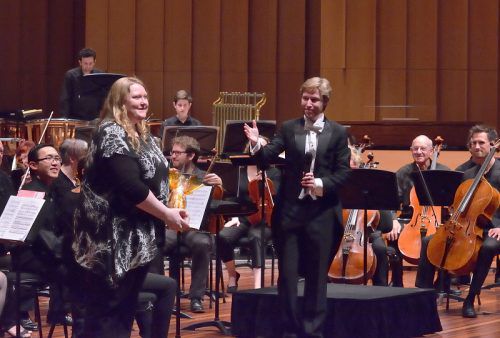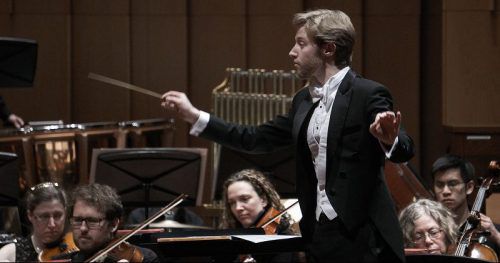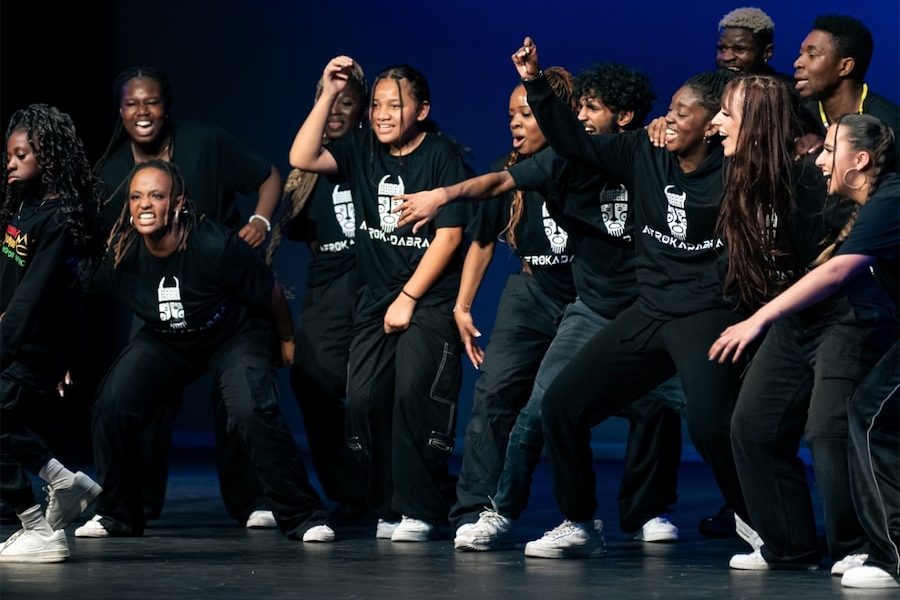
First up was Canberra composer Sally Greenaway’s “Worlds within Worlds”, completely re-orchestrated after its premiere earlier this year in a chamber version for the Melbourne Symphony Orchestra’s 21st-Century Australian Composers program.
A lively sketch of city life inspired by both a famous installation of bird-houses in London and a whimsical mural in Canberra Hospital, this arrangement was a perfect fit for the orchestra, especially the impressive brass section. The composer’s ideas of conjuring up not only the bustle of the city but its seclusion and urban monotony were overwhelmed by the sheer joy of this performance – it was over much too soon. Might Greenaway not consider expanding on this theme?
Scriabin’s formidable symphonic poem, “The Poem of Ecstasy”, formed the centrepiece of the concert. Not only is this is disturbing work, as the composer plumbs the depths of despair and soars to the heights of inspiration, but it presents the challenge of finding a musical equivalent for the poet/composer’s words such as “The universe is embraced in flames/spirit at the summit of its being, feels.”

The lengthy conclusion to the evening, Josef Suk’s “Azrael Symphony”, is a work of tremendous variety. Characterised by driving strings overlaid with dancing flutes, it is in part a eulogy to Suk’s teacher and father-in-law Antonín Dvo?ák and to his wife Otilie, who died as he was composing the work.
With extravagant orchestration – Weiss must have struggled to find eight French horns for this work – it ranges from a ferocious first movement, through a second movement full of great delicacy, surprises and near-silences to the two concluding adagios that raised the roof, subsiding to a lingering conclusion well-handled by the conductor. The orchestra and particularly the first violinist Therese McMahon, who spearheaded the relentlessly dynamic performances throughout, looked exhausted by the end.
This was a concert that made great demands on both performers and audience members, and Weiss should be applauded for looking outside standard favourites in extending the NCO’s repertoire.
Who can be trusted?
In a world of spin and confusion, there’s never been a more important time to support independent journalism in Canberra.
If you trust our work online and want to enforce the power of independent voices, I invite you to make a small contribution.
Every dollar of support is invested back into our journalism to help keep citynews.com.au strong and free.
Thank you,
Ian Meikle, editor




Leave a Reply